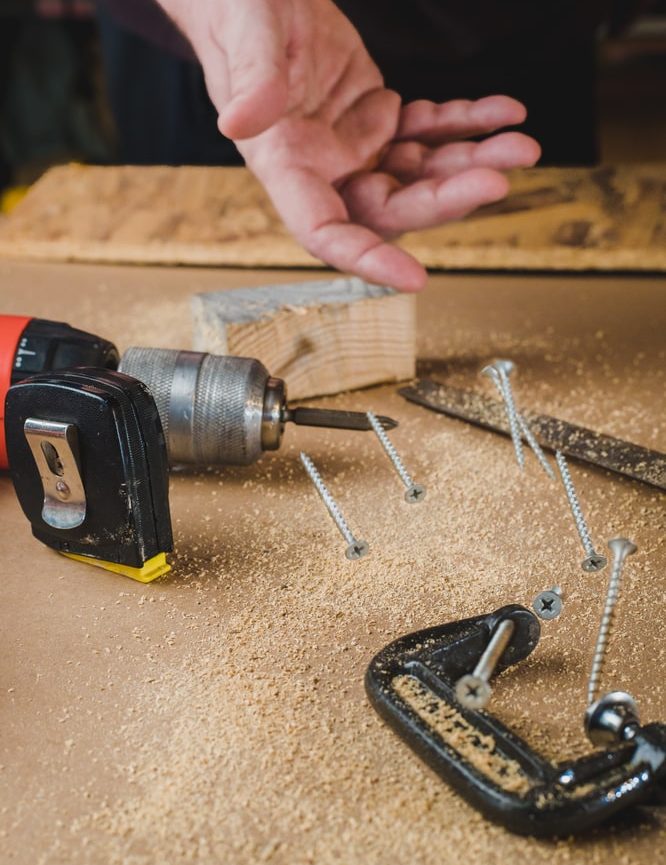Drills are powerful and efficient tools that can come in handy with a variety of tasks around the house or at work. It’s a mistake to think that one drill and drill bit will suit them all, however, so it’s best to research your options depending on the material you’re working with. You could end up damaging your tools, materials and even yourself otherwise.
While DIY sales have soared this year as we’ve searched for ways to keep busy in lockdown, it’s easy to be overwhelmed by the array of options in your typical hardware store. Read our quick summary below to help you identify the right tools for the job.
Wood
Wood is likely to be one of the softest materials your drill will come into contact with, so it’s a good idea to stick to lower-powered drills to avoid damaging it. Drill drivers are versatile tools that are perfect for drilling holes in wood and loosening and tightening screws, making them ideal for assembling furniture.
There are a few drill bits out there designed specifically for craving through wood, including augers, spiral wood drills and forstner drills.
Concrete and masonry
Drilling through concrete or masonry requires a power tool with a little more oomph, like the SDS drills from SGS Engineering. You can also use hammer and combi drills for these tasks, but SDS technology reduces friction and offers added strength too. Breakers and demolition drills are essential for breaking up these harder materials, meanwhile.
Special SDS drill bits can help you make light work of concrete and stone. For other stone drills, core drill bits and carbide drill bits are among those up to the task.
Metal
You’ll also need a little extra power when drilling through metal, though not as much as when working with stone. Most drill drivers and combi drills should help you get the job done.
Spiral metal drill bits are similar to spiral wood drill bits but have a carbide cutting edge, often referred to as HSS. Metal drills don’t have a central drill bit as this would snap and overheat when working with steel, for example.
Plastic
Like wood, plastic is a softer material that needs a low-powered drill for the neatest results. Too much speed and power could end up melting the area you’re drilling.
You can use the same drill bits for plastic as you would when drilling wood.
Tile
Many DIYers prefer to avoid drilling ceramics and opt for adhesive products instead, but there’s no need to shy away for fear of causing damage. Simply choose a low-powered drill without the impact of a hammer motion and stick to diamond-edged drill bits for tidy results.
With a better grasp of drilling basics, you can have the confidence to pick out exactly what you need for the task in hand.

